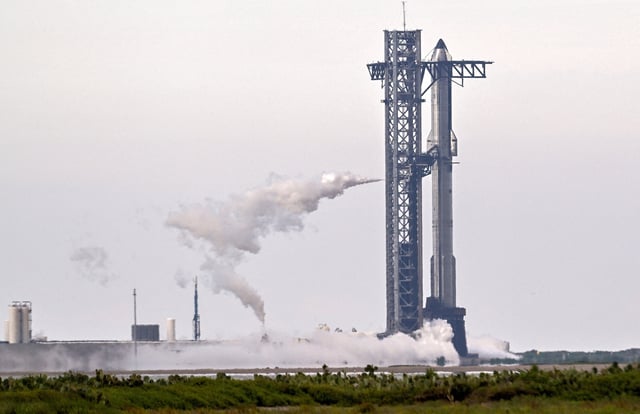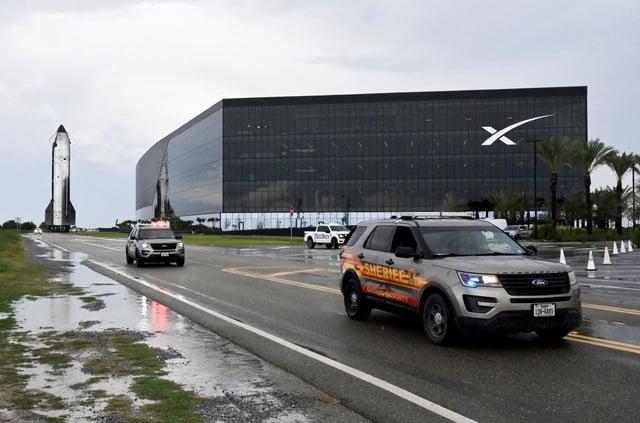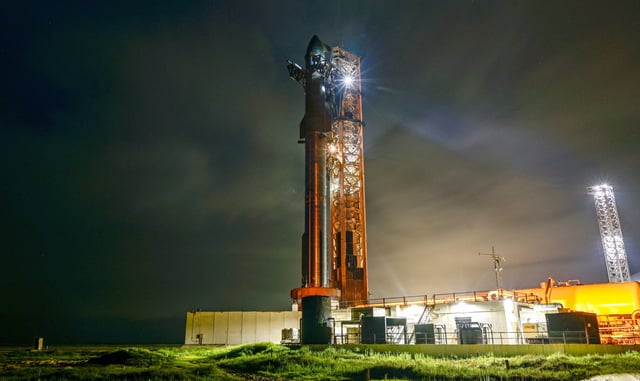Overview
- SpaceX scrubbed Sunday’s Starship Flight 10 minutes before liftoff to fix a ground-systems problem that Elon Musk identified as a liquid oxygen leak.
- A planned Monday liftoff from Starbase, Texas was called off due to bad weather, with another attempt possible as soon as Tuesday according to local closures and company signals.
- The mission is designed to separate stages, deploy mock Starlink satellites, relight an engine in space, and stress-test heat-shield tiles and rear flaps before a targeted reentry over the Indian Ocean.
- Super Heavy will target a controlled splashdown in the Gulf of Mexico rather than a tower catch to test a backup engine configuration, according to SpaceX’s plan.
- The latest delays follow a run of 2025 failures, including three upper-stage losses in flight and a June test-stand explosion, intensifying scrutiny of SpaceX’s fail-fast approach and its implications for Artemis timing.



